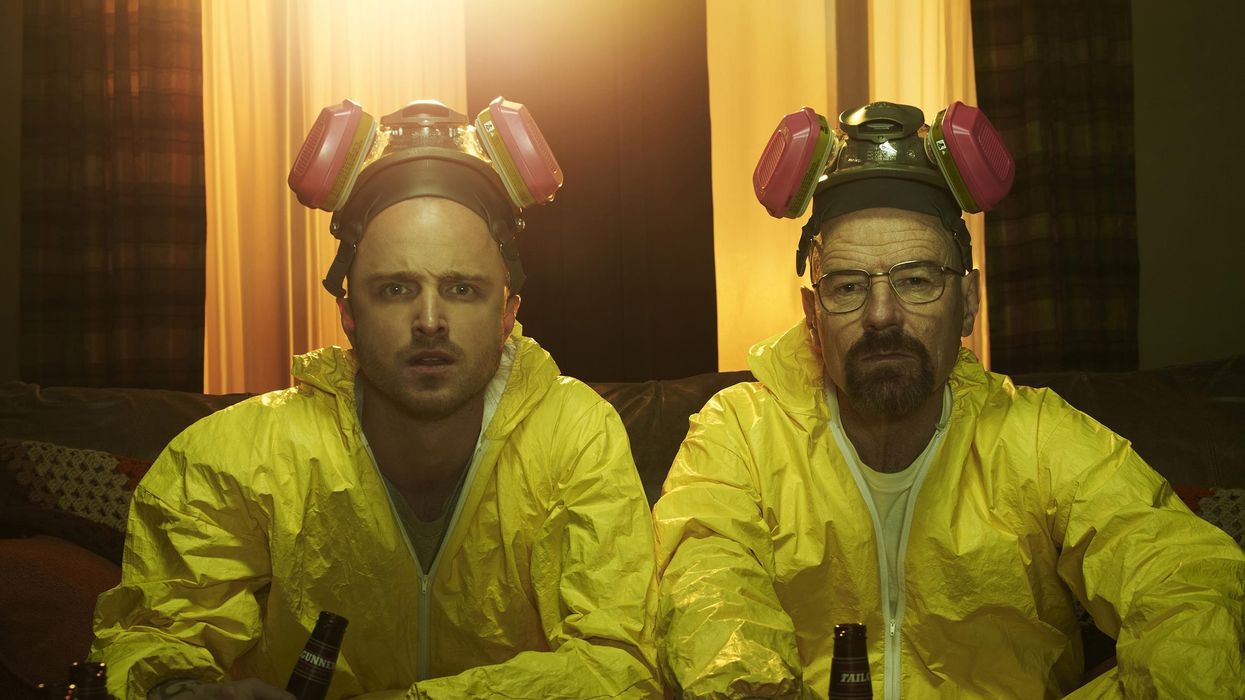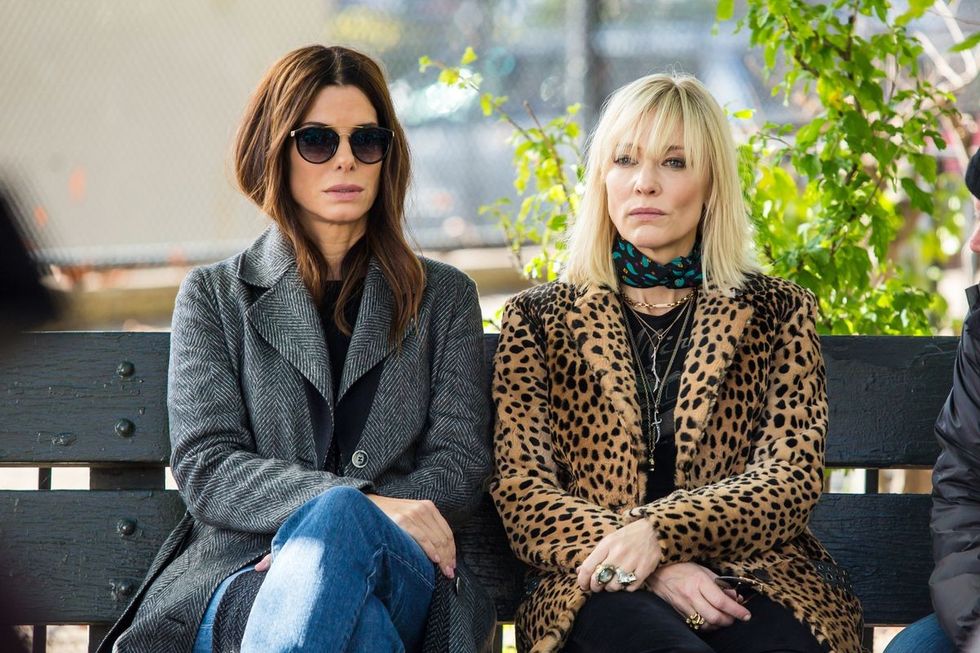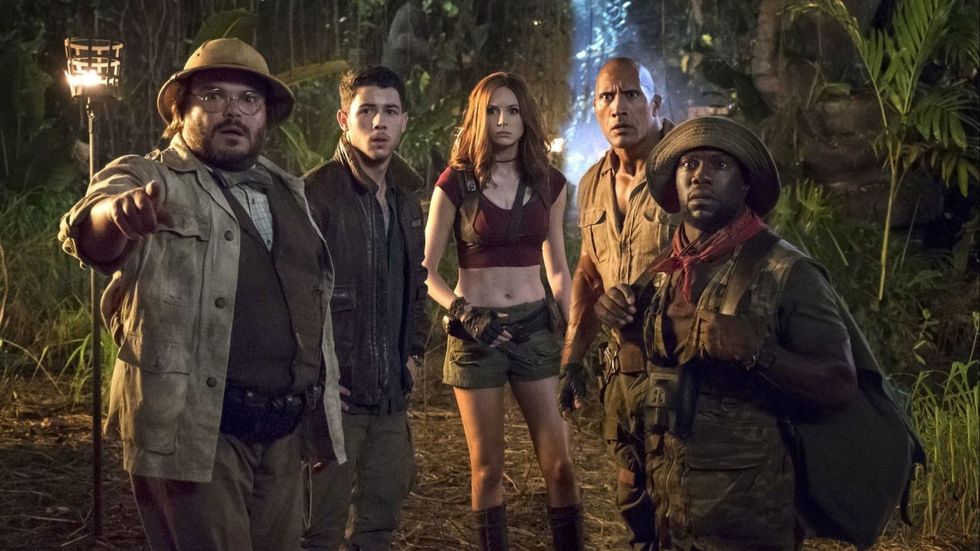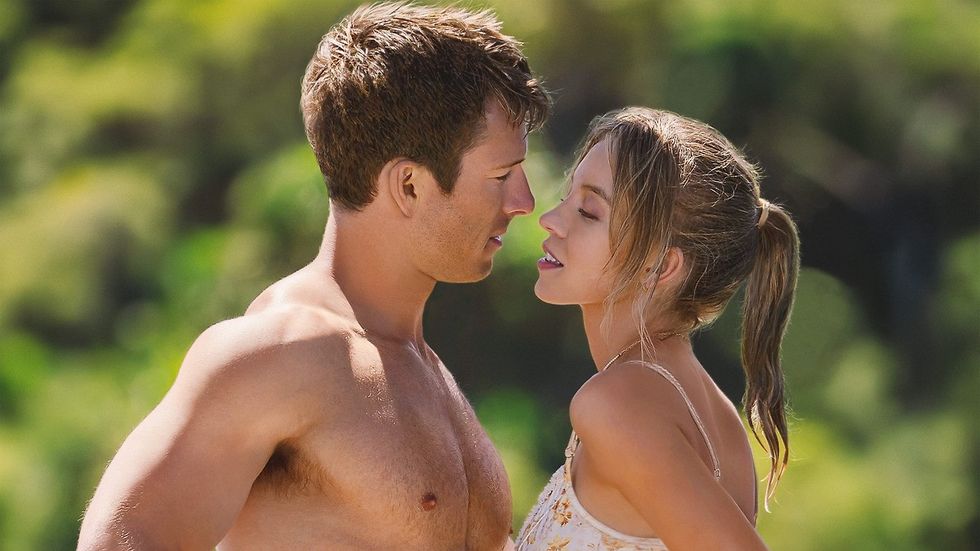Get Schooled on Cutting for the Golden Age of TV by Editors of 'Breaking Bad' and 'The Wire'
Is TV an "editor's medium"? The industry's top cutters think so.

Between the three of them, Kelley Dixon, Kate Sanford, and Leo Trombetta have cut thousands of hours of television and movies. Dixon has worked on Breaking Bad and Better Call Saul, Trombetta on Wayward Pines, and Kate Sanford on The Wire and, most recently, Vinyl. At the recent Sight, Sound & Story panel, 'TV Is the New Black: Television's Cinematic Revolution', each discussed their careers and recent work, and gave tips for those looking to get into the industry. Here are the three top takeaways we learned from them.
1. Cable is winning the war
Kate Sanford noted that the number of viewers is the most important metric of success on broadcast TV, whereas on cable, it's awards. Therefore, there is more room for artistic vision in cable than there is in broadcast TV, or even in the movies, a factor that contributes to an increase in quality of the material shown. However, with the success of the long-form TV series, and the increased content of VOD, there is more pressure. "I remember being on the set of The Wire," Sanford recalled, "and looking around, thinking, 'where is everybody?' There were no executives...We had a lot more free reign."
"TV won."
Another reason cited for the growing success of TV was the rise of accessible home theater technology. A home theater requires both high-quality equipment now within the financial reach of many more viewers, and a subscription to cable or a VOD service. Given that the average series runs for 62 hours or so, this gives viewers more bang for their buck than going to the movies (as well as better job security for editors.) The home theater is one of the key reasons behind Hollywood's adoption of a tentpole strategy to draw viewers out to the multiplex, when they could just as easily stay home. In summation, referring to the age-old battle between TV and the movies, Dixon quipped, "TV won."
2. There's a strong case for TV as an editor's medium
All three panelists stressed that one of the most important differences between cutting for TV and cutting for the movies is that the latter is a director's medium, whereas the former is primarily controlled by the showrunners and producers. It's almost never the case for a TV series to have a consistent director, and so the editor has a great deal more control and a stronger role in terms of maintaining a consistent style and tone for the series, which, as has been noted, almost always stretches much, much longer than the average feature film job.

Trombetta recounted an anecdote about the finale of the first season of the show Wayward Pines; originally, Matt Dillon's character had been supposed to kill Tobey Jones' villainous town leader, David Pilcher. However, when reshoots were needed and Jones was not available, Trombetta worked with the showrunners and writers to figure out a way around their problem. Eventually, it was decided to bring in Carla Gugino to do reshoots, changing the storyline slightly while still maintaining a crucial event in the series, (though the finale was controversial.) Trombetta's work is seamless, though he gave much credit to Gugino, who was able to come in and "maintain a perfect eyeline, looking at someone who wasn't Tobey, feeding her his lines off-camera. It made my job much easier."
Kate Sanford related the amount of freedom she has on a show like Vinyl, which has the heavyweight backing of not only HBO, but Executive Producers Martin Scorsese and Mick Jagger. While stressing that usually it's better to cut "dry", that is, without letting music determine or override the point of the scene, she added that at the beginning of the series she was given an impressive list of songs she could use. These famous classics and hits were, "songs you would never in a million years think you could get," because obtaining the rights would be prohibitively expensive."
Having a wide array of soundtrack tunes available was important because a series uses far more songs than a film does, and the plot of this particular show requires music in almost every scene—the show revolves around a fictional New York record label in the decadent 70s, whose offices themselves are always filled with diegetic music. Sanford described, "During the day, it's mostly FM hits, and then during the night scenes, you get more mellow, older stuff, some blues". There are sometimes, she said, multiple iterations of scenes, each cut to different songs, complete with behind-the-scenes debates on which song fits. Fortunately, she had a lot of trust from the network, since she was responsible for much of the feel of every episode.
With this amount of responsibility, there is also tremendous amount of pressure. Editors are not only expected to win awards, but to get fast results, a point echoed by VFX teams during another Sight, Sound & Story panel.
With such a glut of quality content for viewers to watch at home being produced, the editor for a quality TV series is in an influential position
3. It's easier to get your foot in the door
Kelley Dixon noted that because of the length of a series, the job security for an editor can also be greater. Dixon, who got her start as a P.A. on the 1980s one-hour drama thirtysomething, started in the cutting room as an assistant, and now, makes sure that her assistants are as visible as possible whenever executives come around. "I don't want them to just see [my assistant] as someone in the corner, I want them to know who that person is, because that's how I got my start."
Dixon also makes sure that her assistants work with her as much as possible on cuts that would make it into actual episodes. For a shootout sequence during the Season 5 episode of Breaking Bad, "To'hajiilee," Dixon and her assistant each did cuts of the final shootout, with the end result being a "Frankenstein" version of each. Of the process, she recalled, "It was a case of, 'oh, let's take this from yours, this is cool,' and then parts of mine." The collaboration was so intense that there are cuts that she can't remember who was responsible for.
Dixon related how one part of the sequence had come up for debate: During the shootout, one cut had featured a shot of Hank (the DEA Agent and Walt's brother-in-law), taking cover behind a car. However, it was decided that such a move would have been out of keeping with his character, and that he would go out, as Dixon put it, "guns blazing."
With such a glut of quality content for viewers to watch at home being produced, the editor for a quality TV series is in an influential position, as the panel attested, and there is work available for talented cutters. At the end of the day, the job comes down to "making" the show (or movie, or commercial, or whatever) a second time, after it's already been shot. And because of the nature of the TV (with directors being itinerant, working for one or two episodes at a time), there are unprecedented opportunities for editors in this age of "cinematic TV" to put their skills to the best use.














